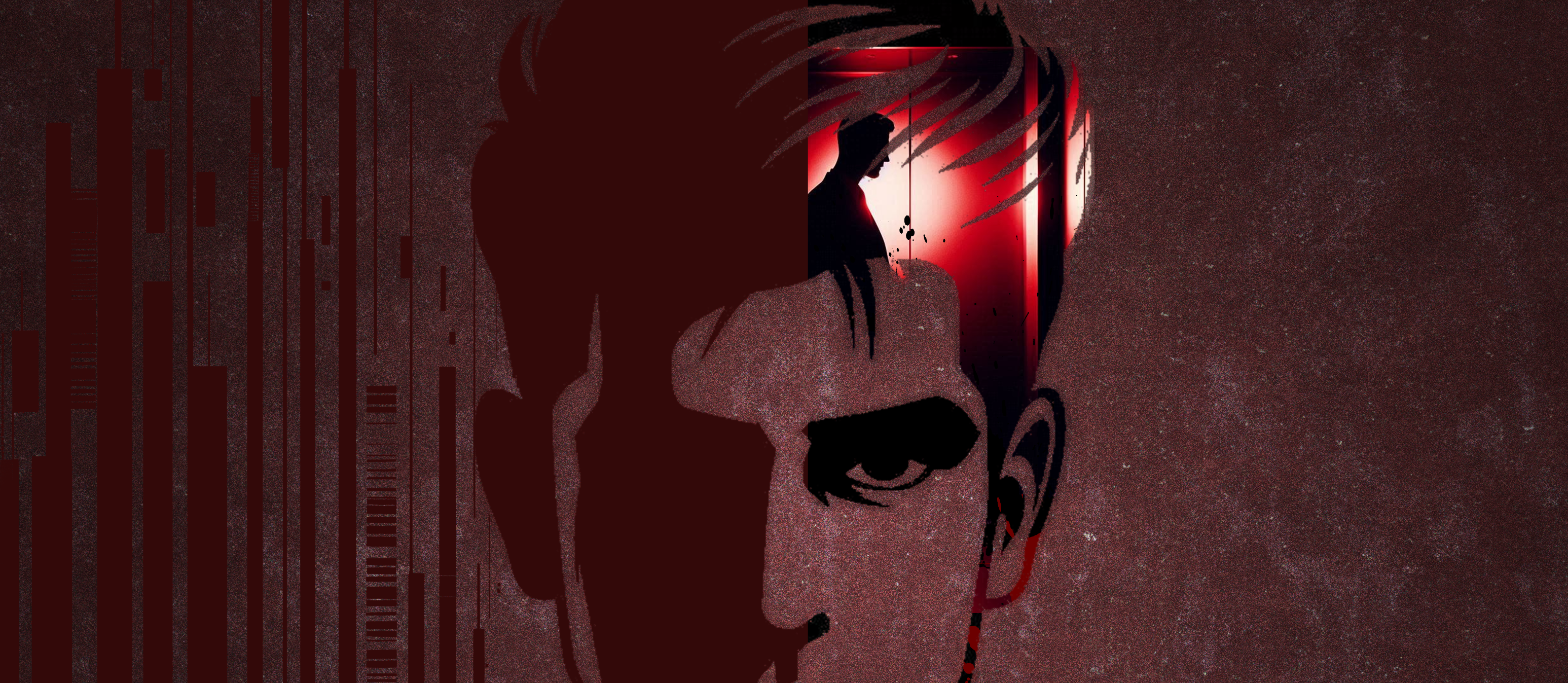Arnold Subastil’s Among Five Sinners is a tightly woven psychological-horror novelette that confronts the reader with one of humanity’s most unsettling truths: sin is never buried. It follows a claustrophobic setup—characters trapped in an elevator—but stretches that confined space into an expansive stage for moral, spiritual, and psychological confrontation. The novel does not merely tell a story of fear; it studies guilt, the weight of personal choices, and the haunting persistence of one’s inner demons.
What makes the work striking is its dual approach: it is at once a visceral horror narrative and a moral inquiry. On one hand, the text is steeped in grotesque imagery, unnerving silences, and jolts of terror that leave both characters and readers disoriented. On the other, it is a spiritual meditation, repeatedly turning toward the language of the Ten Commandments, repentance, and biblical echoes of divine justice. This combination positions Among Five Sinners not as a conventional horror tale, but as a modern morality play, one that revives the medieval tradition of sin-and-reckoning narratives while situating them in a contemporary, urban setting.
The genius of Subastil’s writing lies in how the physical space of the elevator mirrors the psychological compression of guilt. Every movement upward or downward becomes irrelevant; what matters is the slow suffocation of secrets pressing in on the characters. The elevator is not just a malfunctioning machine but a confessional box, a purgatorial chamber, even a courtroom where truth is extracted through terror. Readers are left questioning whether the true horror is supernatural at all, or if it is the inescapable consequences of human wrongdoing.
The novel also resists clear categorization. It is horror, yes, but it is also detective-like in its unraveling of truths, theological in its engagement with sin, and philosophical in its interrogation of justice. It makes the reader wrestle with unsettling questions: What is genuine repentance? Is truth inherently redemptive, or can it harm as much as it heals? Can faith withstand exposure to unrelenting darkness?
Perhaps the most compelling feature of Among Five Sinners is its refusal to let the reader remain a spectator. To read it is to be pulled into the elevator, confronted not only with the characters’ sins but with the echoes of one’s own conscience. It is impossible to walk away from the book without reflecting on hidden transgressions, unspoken regrets, and the thin veil between appearance and reality.
In the end, Among Five Sinners is more than a story—it is an encounter. Subastil crafts a narrative where horror and morality bleed into each other, making the book both unsettling and unforgettable. It is a work that challenges the reader not only to witness fear but to study it, to face it, and perhaps to recognize its reflection in the mirror.

